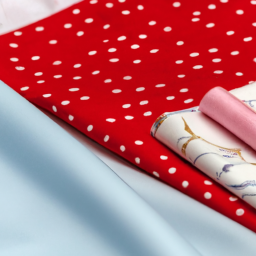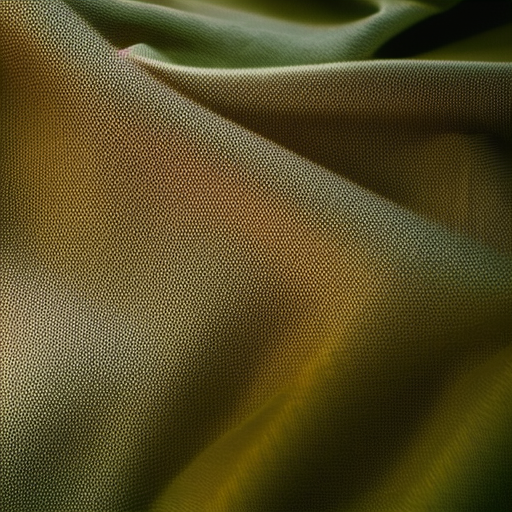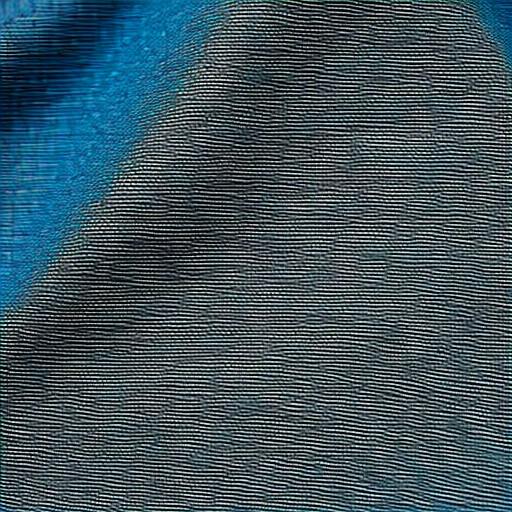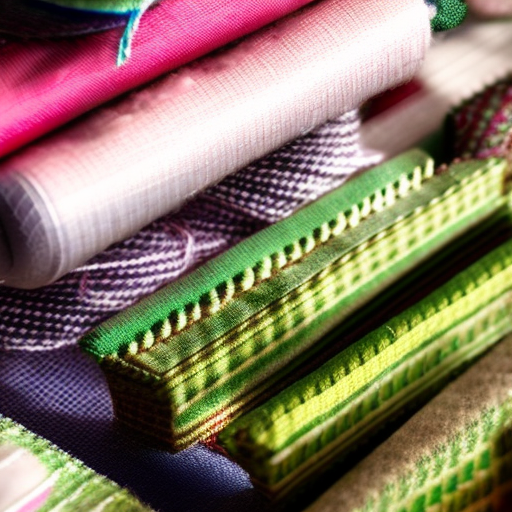
sewing-stretchy-fabric.jpg” alt=”” />
Working with stretchy fabrics can be a bit tricky for sewists, but with the right techniques and tools, it can become an enjoyable experience. Whether you’re sewing stretchy jersey, spandex, or other elastic materials, the following tips will help you achieve professional-looking results.
Use the Right Needle and Thread
When sewing stretchy fabric, it’s crucial to use a ballpoint or stretch needle. These needles have a rounded tip designed to maneuver between the fabric’s fibers instead of piercing through them. This characteristic prevents the fabric from getting damaged or forming holes. Additionally, choose a polyester or nylon thread that offers some stretch to complement the fabric’s elasticity.
Pre-wash and Prepare the Fabric
Before you start sewing, it’s essential to pre-wash and dry the stretchy fabric. Often, these materials have a tendency to shrink, so washing removes any residual shrinkage and prevents your garment from distorting after sewing. Moreover, consider ironing or steaming the fabric to remove any wrinkles or creases before cutting your pattern.
Employ the Right Stitches
When sewing stretchy fabric, opt for stitches with some elasticity to match the fabric’s properties. Straight stitches tend to break when the fabric stretches, so using a stretch stitch, zigzag stitch, or a double needle stitch is recommended. These stitches allow the fabric to stretch while maintaining the structural integrity of your seams.
Handle with Care
Stretchy fabrics can be delicate, so handle them with care during cutting and sewing. Avoid excessive pulling or tugging, as it can distort the fabric or cause uneven seams. Using sewing clips or fabric weights instead of pins can be helpful to avoid creating unnecessary holes or snags. Additionally, ensure your sewing machine‘s tension is properly adjusted to avoid puckering or excessive stretching of the fabric.
Pro Tip:
Consider using a walking foot attachment on your sewing machine when working with stretchy fabrics. A walking foot helps feed the fabric layers evenly, preventing any slippage or stretching that might occur with a regular presser foot.
Finish the Seams
To give your stretchy fabric garments a professional finish, consider using techniques like serging, overlocking, or using a mock overlock stitch. These methods neatly enclose the seam allowances, preventing fraying and making the seams strong and durable. Alternatively, you can use a twin needle or coverstitch machine to create decorative hem finishes that stretch with the fabric.
Practice, Practice, Practice
Lastly, sewing stretchy fabric requires practice to master the techniques involved. Start by experimenting with scrap pieces of fabric before working on your final project. This practice will help you become familiar with the fabric’s behavior and how your sewing machine responds to it.

By following these tips, you’ll be well on your way to becoming an expert in sewing stretchy fabric. Embrace the challenges and enjoy the process as you create comfortable and stylish garments that stretch and move with you!





Great tutorial, this will definitely come in handy! #SewingLife
Nina Brescia: This is awesome, I can really do this! #crafty #DIY
Awesome! This tutorial looks like a life-saver for all of us who are trying to conquer the art of sewing stretchy fabric. #stretchyfabric #sewinglife